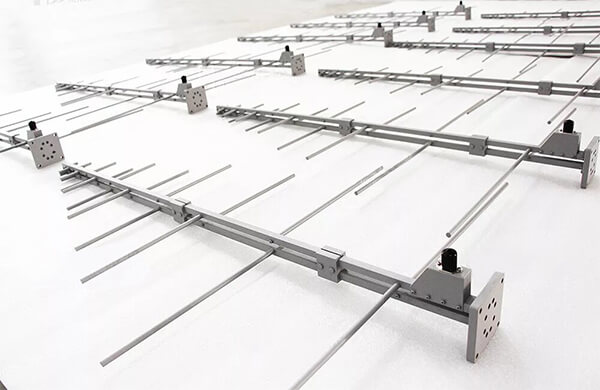However, to fully understand the antenna’s characteristics and performance results, It reveals that the antenna’s maximum gain is 16 dB, offering a clearer picture of its amplification capability.
Additionally, an important parameter called the side lobe level (SLL), which measures the level of unwanted radiation in directions other than the main lobe. It discloses that the SLL of this antenna is -21.9 dB, indicating a relatively low level of side lobe radiation.
Moreover, the concept of the radiation pattern, explaining that the final pattern is a combination of the single radiating element’s pattern and the array factor. It emphasizes that the simulated side lobes are not true secondary lobes but rather a modulation of the array factor’s main lobe.
The challenges of achieving a lower SLL due to errors in the phase of the slot excitations. suggestion of an optimization technique that modulates the conductance of the slots to achieve a simulated -27.3 dB SLL. However, it acknowledges that the actual first SLL achieved through numerical verification is -26 dB, which is considered an optimum result.








